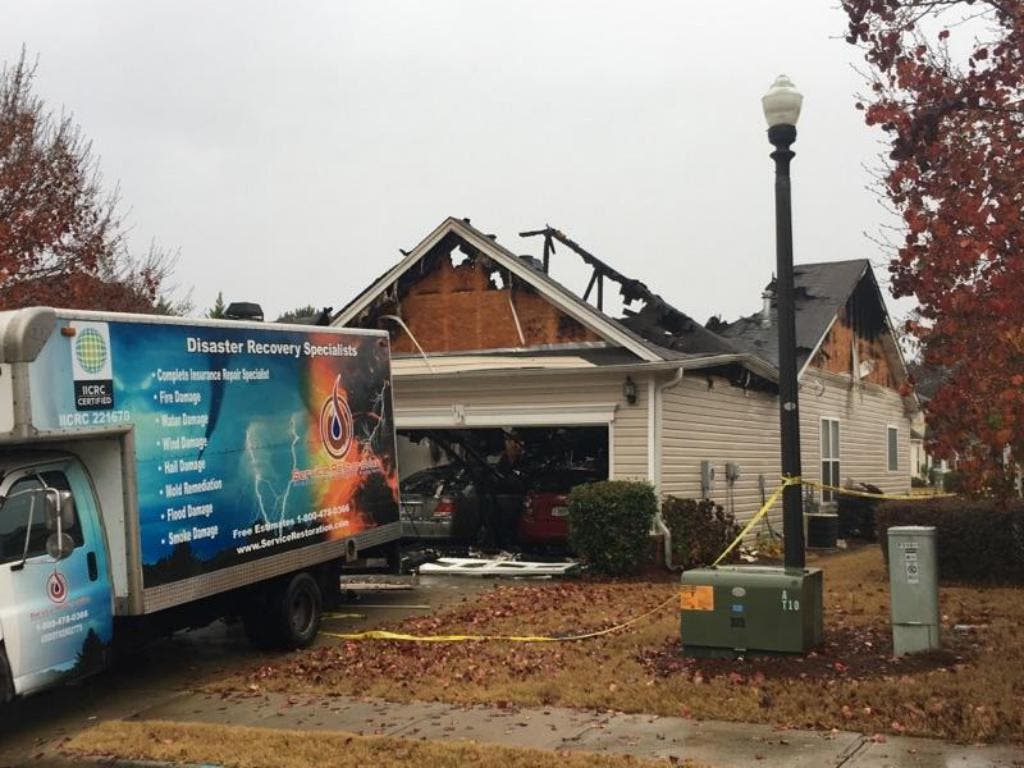Eden Prairie, MN|Local Classified|Announcement|
Important Guide for Water Damage Cleanup

Water can silently enter properties in many ways. It doesn't matter how much moisture seeps into structures; it is important to clean up any water damage immediately. If water damage is not addressed quickly, it can spread quickly and cause structural damage that can be costly to repair.
How does water get into a property?
Water damage restoration - Flooded basement due to a sump pump or burst pipe. Floodwaters can enter a building if the sump pump fails in heavy downpours. Burst pipes can cause widespread water damage and are a common occurrence. Leakage in appliances, such as water heaters and dishwashers, can also cause interior water damage.
Water damage is a common occurrence in America. According to data from the insurance industry, there are 14,000 water damage emergencies daily in commercial and residential homes. No matter the cause, a water damage restoration professional is essential.
Hidden water damage is unlikely to be noticed by property owners. Hidden water damage can be identified by peeling wallpaper or paint, visible mold infestations, damp and musty odors, and accumulation of condensation and dampness on floors and carpeting.
What are the different types of water damage?
Water damage specialists should be able to handle certain types of water damage. There are three types of water damage. The more water damage, the more toxic it will affect people.
Category 1: This category is also known as fresh water. It is safe for human consumption. Rainwater, sprinklers, and ruptured supply line are all sources of clean water. This classification of water damage is safe for people who have not eaten or been exposed to water.
Category 2 - Gray Water: Gray water is defined as water containing moderate levels of pollutants and unsafe levels of micro-organisms like detergents or diluted urine. Category 2 water can cause sickness if consumed or comes in contact with.
Category 3 - Black Water: Black water is highly contaminated. Black water is often contaminated with raw sewage, infecting it with toxic and pathogenic agents. Black water is also contaminated with pesticides and other chemicals, making it deadly for humans.
How do property owners handle water damage?
Shut off the water source: Upon encountering a property flooded with Category 1, 2, or 3 water, the first step a building owner must take is to shut off the water supply. If turning off the water source cannot be done from inside, shut off the water via the water shut-off valve.
Consult the Professionals: Water damage of any category is a serious issue and requires swift action to limit structural damage. Property owners are advised to consult a water damage restoration service as soon as the water source is turned off. Inform the insurance company of the water damage.
Choose a Water Damage Restoration Company: Be aware that property owners may choose which water damage restoration company they prefer to work with. The insurance company may suggest water damage restoration services, but these recommended companies work for the insurance company rather than the home or business owner.
Pinpoint the Cause: Property owners are also advised to pinpoint the cause of the water damage and repair it to prevent a re-occurrence. If the building is old, for instance, replacing the plumbing system is practical action. Wherever water damage is likely to occur, inspect those spots regularly.
Water damage cleanup in Eden Prairie, MN - Service Restoration
https://www.google.com/maps/pl...
Contact us:
Service Restoration
18011 Pioneer Trail,
Eden Prairie, MN 55347
(952) 522-8100